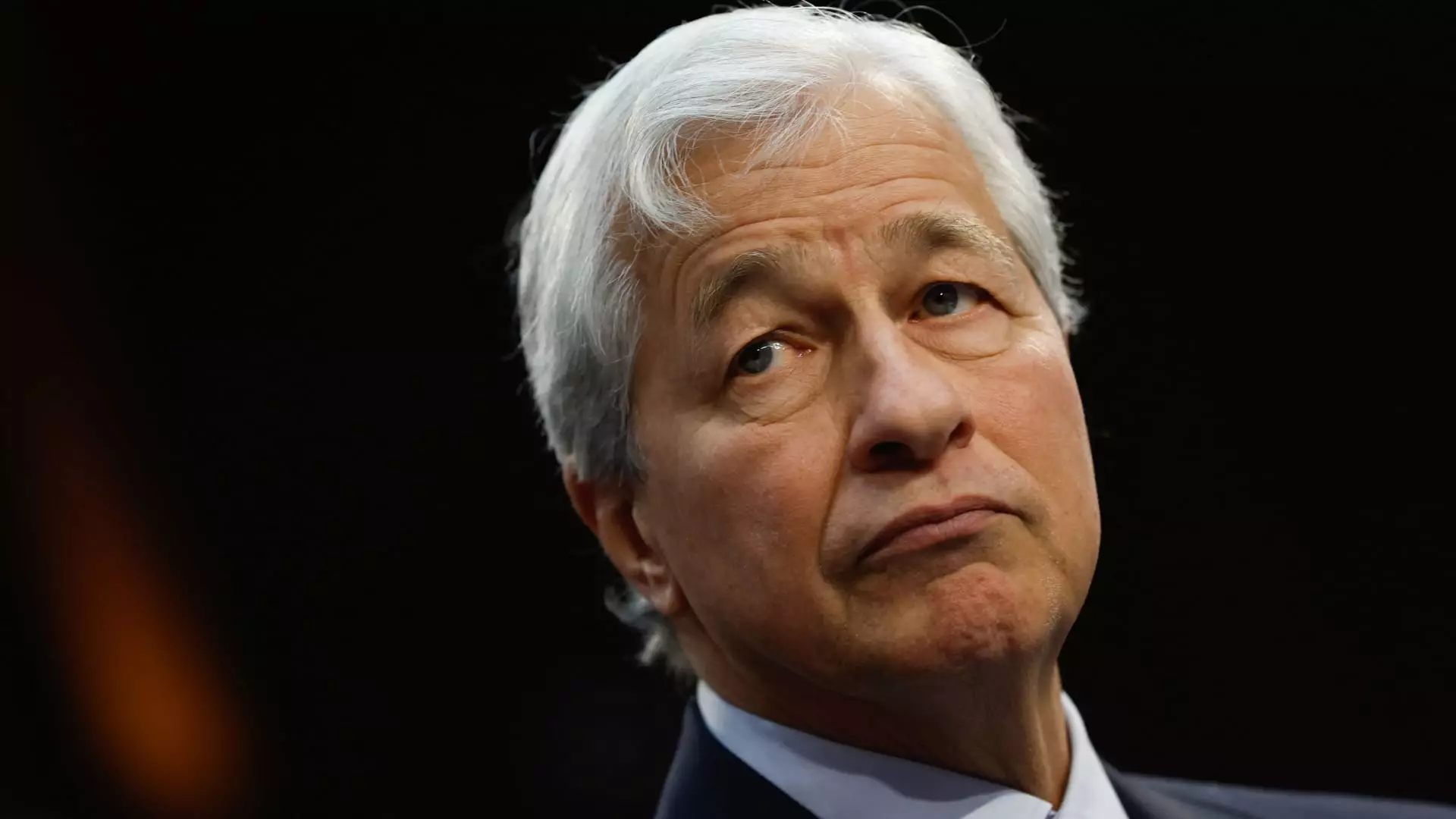In a world increasingly marked by instability, JPMorgan Chase’s CEO Jamie Dimon has raised alarms over the escalating geopolitical threats looming over multiple regions. During the bank’s third-quarter earnings release, Dimon articulated his deep concerns regarding the intertwined crises in the Middle East and Ukraine. These conflicts, which are not only humanitarian disasters but also catalysts for international economic uncertainty, have led Dimon to predict a precarious future for global stability. He stressed that the ramifications of such turmoil could shift the trajectory of history itself, as the foundational international order established post-World War II faces its most significant challenge yet.
Human Cost and Economic Implications
The toll of these conflicts is staggering. The relentless violence in Israel and Hamas has culminated in significant casualties, with civilian suffering expanding across borders, primarily impacting neighboring countries like Lebanon and Iran. This brutal backdrop sets a dangerous stage where responding to military aggression often leads to further destabilization—illustrating Dimon’s assertion that “conditions are treacherous and getting worse.” As international alliances strain under the weight of these conflicts, the possibility of regional skirmishes exploding into wider wars looms large, further complicating the already fragile global economy.
Despite some signals of economic resilience, such as cooling inflation in the United States, Dimon maintains wariness. The interconnected nature of modern economies means that regional conflicts do not impact only local markets; they send ripples through global trade and investment frameworks. Especially amidst tensions involving major powers like the U.S. and China, as well as worries about nuclear capabilities in unstable nations, the quest for long-term economic stability appears more elusive than ever.
The Call for Strong Leadership
Given the complexities of today’s geopolitical landscape, Dimon emphasizes the urgent need for decisive and robust leadership from both the United States and Western allies. He posits that without proactive engagement and resolution strategies, the burgeoning conflicts could devolve into a state of continual crisis. “It’s ratcheting up, folks,” Dimon remarked during a recent discussion at Georgetown University, highlighting that these challenges dwarf previous crises faced by the global community.
The stakes are particularly high as nations like Russia bolster their military budgets and capacities in response to ongoing sanctions and international opposition. Such reactions deepen the divide and raise questions about the effectiveness of diplomatic engagement. Dimon’s concerns resonate in the context of mounting defense transactions and military posturing, which in turn could detract from essential efforts to rebuild social and economic infrastructure in war-impacted areas.
Jamie Dimon’s critical evaluation of the present global climate reveals a daunting landscape rife with challenges that require both tactical and visionary responses. While institutions like the Federal Reserve may succeed in stabilizing parts of the economy, the overarching threats posed by geopolitical unrest cannot be overlooked. A coordinated international effort, reinforced by strong leadership and an emphasis on collaboration, stands as a vital necessity to prevent further degradation of the international order and safeguard against the escalation of violence and suffering. As we navigate this era of uncertainty, the call for concerted action has never been more urgent.

